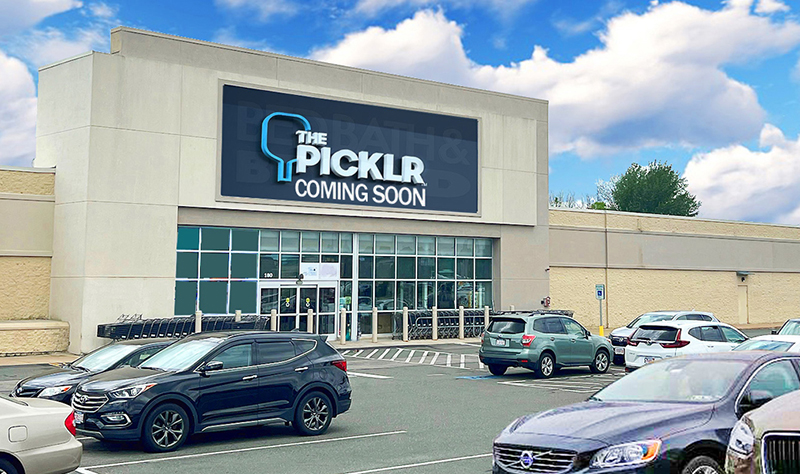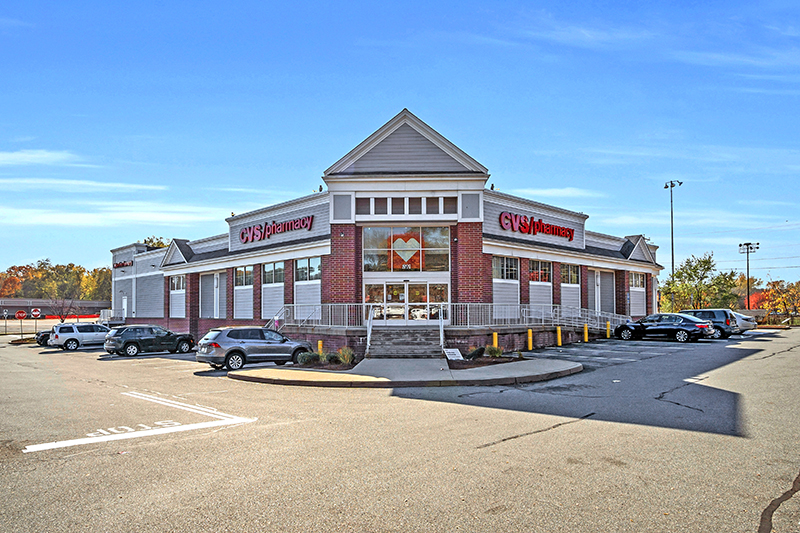The value of Mom & Pop tenants should be assessed more carefully - by Michael Branton
 Michael Branton, KeyPoint Partners
Michael Branton, KeyPoint PartnersIt began in a small health food store in Austin, Texas; a sporting goods store in New York City; and a general store in Arkansas. While the names may be different, many powerhouses in retailing today have their origins in the “Mom & Pop” stores of yesteryear.
And yet, in today’s retail environment, Mom & Pop stores are often overlooked - and perhaps under-appreciated - by retail landlords. The reasons why could be debated endlessly, but one can make a strong case that the value of Mom & Pop stores should be assessed more carefully. After all, a long time ago, the three retailers mentioned above, better known as Whole Foods, Abercrombie & Fitch and Wal-Mart, were not the retail aristocracy that they are today.
At KeyPoint Partners, we maintain a database, of more than 265 million s/f of retail space encompassing 60,000 storefronts and more than 33,000 unique tenants in Eastern Massachusetts, Southern New Hampshire and Greater Hartford - our unique, proprietary GRIID. According to the most current GRIID data, the top 10 retail tenants by square footage occupy 18.3% of the total retail space of the market, but only 1.3% of the total storefronts.
On the other hand, Mom & Pop stores (defined for this purpose as those operating one store and not affiliated with a larger chain or franchise) occupy 30,465 storefronts and 27.4% of the retail space within these three regions and a whopping 50.7% of all retail storefronts. The table below outlines the top ten retailers in the GRIID database by square footage and number of storefronts, compared with single-store retailers:
Mom & Pop stores are unquestionably the largest segment of the GRIID database, while smaller, multi-store retailers operating two to five stores constitute only 11% of all retail stores. As a result, Mom & Pop stores have a dramatic impact on a host of salient retail real estate issues such as vacancy rates, rental income, and property valuations.
Apart from sheer numbers, these one-of-a-kind retailers can add value to a property by enhancing the quality of a center. By their very nature, Mom & Pop stores create uniqueness, are constantly re-defining their originality, deliver a high quality customer experience to shoppers, and create diversity within the tenant mix. Mom & Pop stores often occupy second-generation spaces, and often, the most challenging spaces in shopping centers.
Furthermore, from a leasing standpoint, negotiations with Mom & Pop retailers are often simpler, less capital-intensive, and typically less protracted. An independent retailer’s decision to open (or close) stores is not tied to Wall Street, not dependent upon chainwide performance, and not linked to anything other than the merchant’s own ambition and availability of capital.
Landlords, brokers, and developers should take advantage of the opportunity to support local businesses, and enhance shoppers’ experience of their centers, by cultivating relationships with Mom & Pop stores. This year, when looking at merchandising plans and vacancies within your portfolio, why not consider the significance of Mom & Pop stores. Perhaps you can be the one to provide them with the opportunity of becoming the retail leaders – the Whole Foods, Abercrombie & Fitches, and Wal-Marts - of tomorrow.
Michael Branton is a senior associate with KeyPoint Partners, Burlington, Mass.
Mace of KeyPoint Partners negotiates 36,192 s/f lease for The Picklr at Endicott Square
Danvers, MA KeyPoint Partners (KPP) negotiated a lease with the nation’s premier indoor pickleball venue The Picklr at Endicott Sq. Vice president of retail brokerage Don Mace negotiated the transaction on behalf of the landlord.





.jpg)


